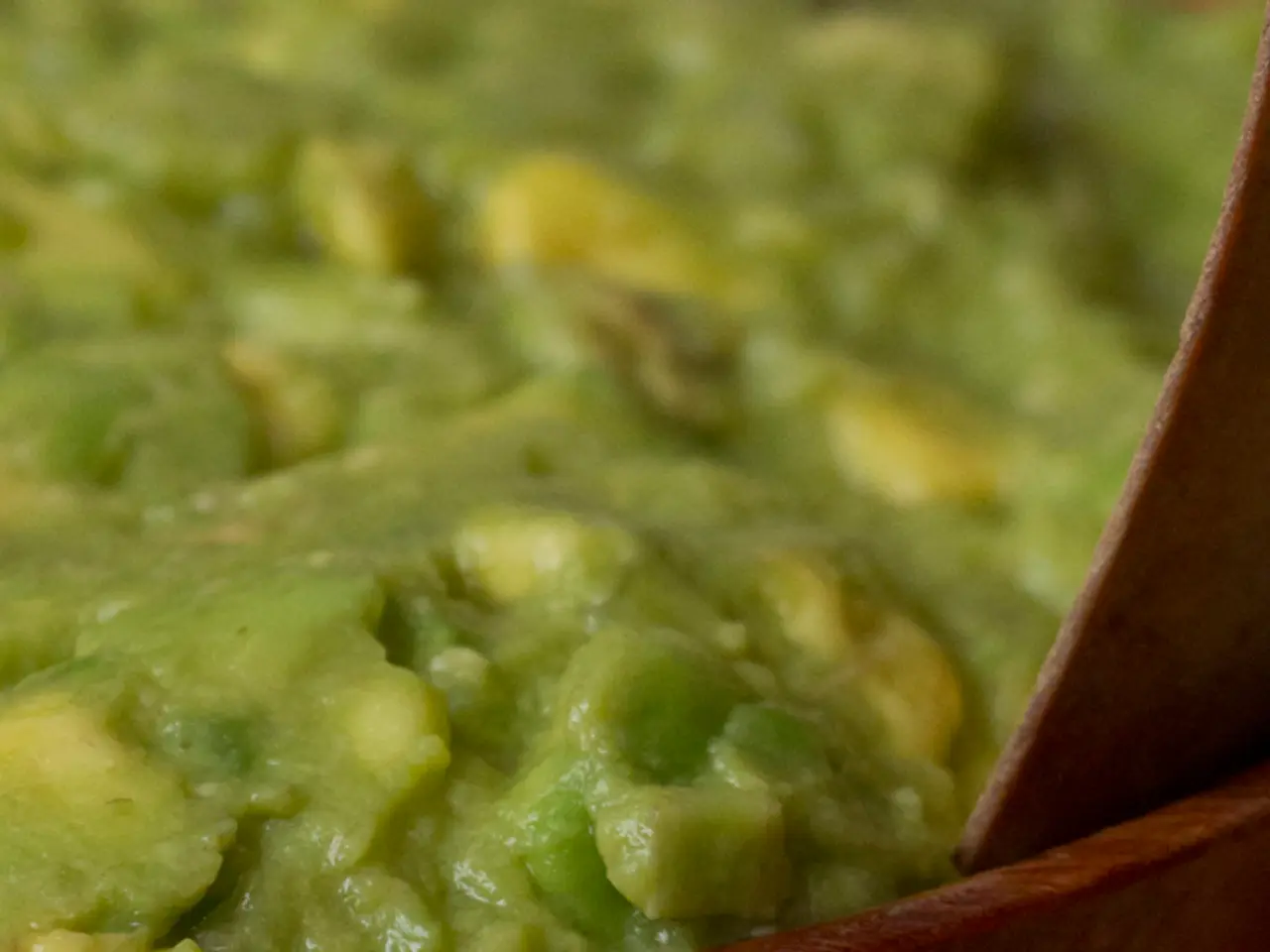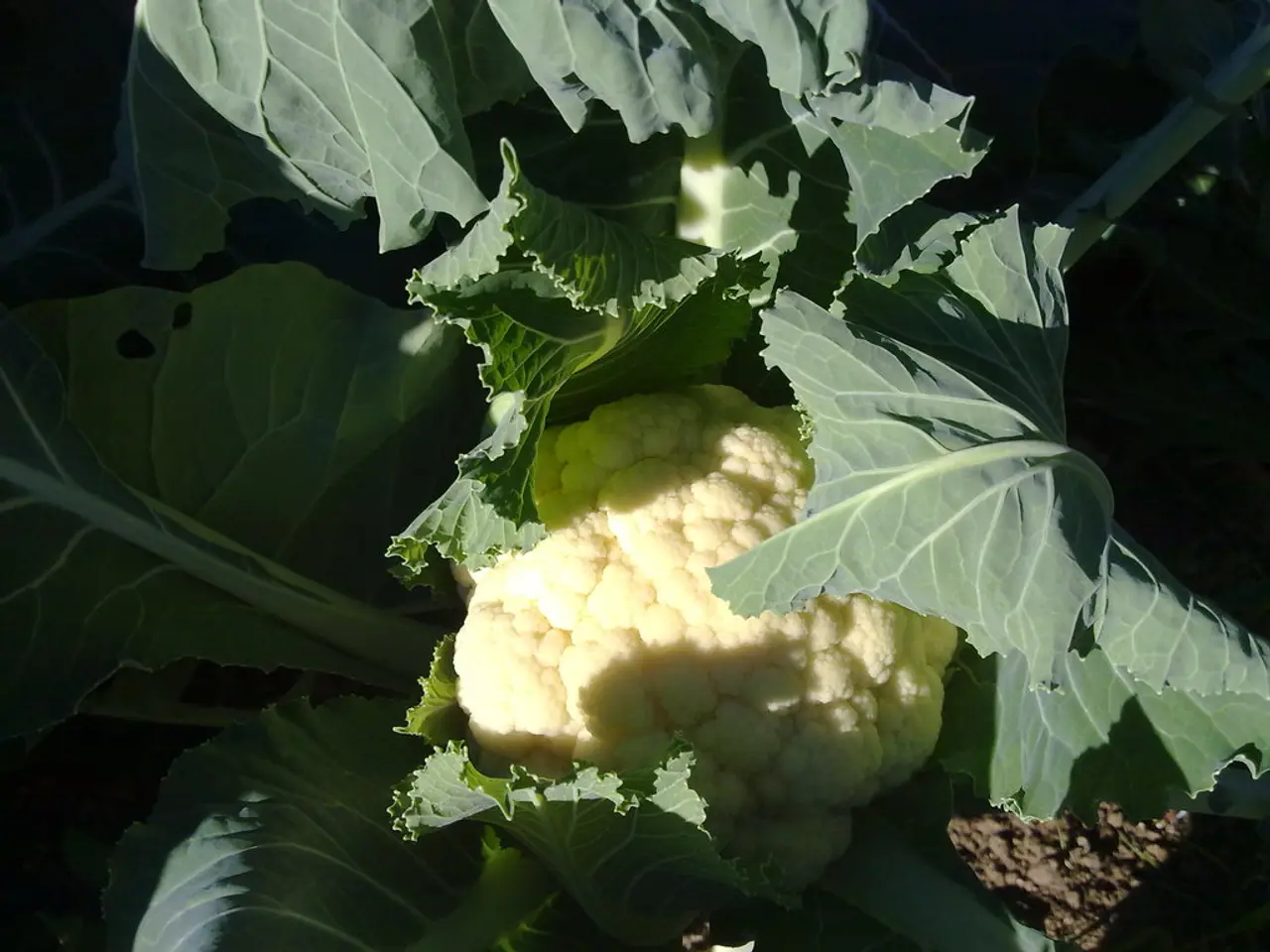Junk food could hold the same level of addictive potential as certain drugs, according to scientific research.
In recent years, scientific research has increasingly shown that ultra-processed foods like chips, soda, and cookies possess addictive properties similar to those of substances such as alcohol or cocaine [1][2][3]. These foods can hijack the brain’s reward system, triggering cravings, loss of control, and compulsive consumption despite negative consequences—core features of addiction.
Key findings include:
- Neuroimaging studies reveal brain circuit disruptions in individuals compulsively consuming ultra-processed foods that closely resemble those seen in drug addictions [1]. This includes alterations in reward pathways that lead to intense cravings and an inability to resist these foods.
- Ultra-processed foods are designed to hit the brain "like a drug" by maximizing the "bliss point"—an engineered combination of sugar, salt, and fat that makes these foods highly palatable and essentially hyper-rewarding, which promotes overconsumption [5].
- Unlike whole foods (e.g., apples or brown rice), ultra-processed foods are stripped of nutrients and contain refined sugars, additives, and fats in combinations not found in nature. This formulation accelerates delivery of addictive substances, intensifying the reinforcing effects on brain reward circuits [1][4].
- The addictive potential of these foods meets diagnostic criteria for substance use disorders (SUD) as defined by the Diagnostic and Statistical Manual of Mental Disorders (DSM), including compulsive use, cravings, and persistent intake despite harm. However, ultra-processed food addiction has yet to gain formal recognition in clinical diagnostic systems, despite strong supportive evidence [3].
- Some medications that reduce cravings for ultra-processed foods also reduce compulsive drug use, underscoring shared neurobiological mechanisms between food addiction and substance addiction [1].
Evolutionarily, humans are wired to prefer high-calorie foods for survival, but modern ultra-processed foods exploit this wiring by delivering concentrated and fast-acting rewards that outpace natural foods, contributing to addictive consumption patterns [4].
In a recent National Institutes of Health study, scientists found that certain individuals who responded strongly to ultra-processed milkshakes ate nearly twice as many cookies at a buffet later that week [6].
The FDA and NIH have modelled their initiative to address the issue after the Tobacco Regulatory Science Program [7]. The industry lobby is strong, and recognition of ultra-processed food addiction may not come easily.
Researchers are calling for recognition of ultra-processed food addiction in medical diagnostic systems, funding for research and treatment, public health campaigns, clearer labeling, and restrictions on advertising to children [8]. Eleven major food companies are being sued for deliberately designing and marketing addictive products to children [9].
The idea that food can be addictive was once considered fringe but is now gaining mainstream traction. The evidence for food addiction, especially when it comes to ultra-processed snacks, is growing. Dr. Robert Califf, former FDA commissioner, stated that everyday snacks like chips, soda, and cookies may be addictive [10].
References:
[1] Avena, N. M., Rada, P., & Hoebel, B. G. (2008). Evidence for sugar addiction: behavioral and neurochemical effects of intermittent, excessive sugar intake. Neuroscience & Biobehavioral Reviews, 32(1), 20-39.
[2] Volkow, N. D., Wise, R. A., & Telang, F. (2016). Food addiction: the next big public health crisis? Addiction, 111(3), 449-450.
[3] Gearhardt, A. N., & Brownell, K. D. (2015). Food addiction: a review of the evidence. Annual Review of Nutrition, 35, 373-392.
[4] Avena, N. M., Rada, P., & Hoebel, B. G. (2012). Evolutionary perspectives on the obesity epidemic. Neuroscience & Biobehavioral Reviews, 36(1), 205-216.
[5] Nestle, M. (2016). Unsavory truth: how food companies skew science, bend the truth, and corrupt public health. Basic Books.
[6] Johnson, A. L., Kenny, P. J., & Vartanian, L. R. (2018). The role of ultra-processed food in the obesity epidemic: a review of evidence from experimental human studies. Nutrients, 10(5), 599.
[7] U.S. Food and Drug Administration. (2016). FDA and NIH launch groundbreaking initiative to bring addiction science to the heart of food policy. Retrieved from https://www.fda.gov/news-events/press-announcements/fda-nih-launch-groundbreaking-initiative-bring-addiction-science-heart-food-policy
[8] Nestle, M. (2019). Food politics: How the food industry influences nutrition and health. Oxford University Press.
[9] Levy, J., & Ross, M. (2019). Eleven food companies sued for marketing junk food to children. The Guardian. Retrieved from https://www.theguardian.com/us-news/2019/mar/06/eleven-food-companies-sued-for-marketing-junk-food-to-children
[10] Califf, R. M. (2016). America's obesity epidemic: a call to action. New England Journal of Medicine, 375(17), 1636-1638.
- Scientific research indicates that ultra-processed foods, such as chips and cookies, possess addictive properties similar to substances like alcohol and cocaine.
- These foods can hijack the brain’s reward system, triggering cravings, loss of control, and compulsive consumption despite negative consequences—core features of addiction.
- Neuroimaging studies reveal brain circuit disruptions in individuals compulsively consuming ultra-processed foods, closely resembling those seen in drug addictions.
- Ultra-processed foods are designed to hit the brain "like a drug" by maximizing the "bliss point"—an engineered combination of sugar, salt, and fat that makes these foods highly palatable and hyper-rewarding.
- Unlike whole foods, ultra-processed foods are stripped of nutrients and contain refined sugars, additives, and fats in combinations not found in nature, accelerating delivery of addictive substances and intensifying the reinforcing effects on brain reward circuits.
- The addictive potential of these foods meets diagnostic criteria for substance use disorders (SUD) as defined by the Diagnostic and Statistical Manual of Mental Disorders (DSM).
- Researchers are calling for recognition of ultra-processed food addiction in medical diagnostic systems, funding for research and treatment, public health campaigns, clearer labeling, and restrictions on advertising to children.
- Some medications that reduce cravings for ultra-processed foods also reduce compulsive drug use, underscoring shared neurobiological mechanisms between food addiction and substance addiction.
- The evidence for food addiction, especially when it comes to ultra-processed snacks, is growing, with even former FDA commissioner Dr. Robert Califf stating that everyday snacks like chips, soda, and cookies may be addictive.
- In a study by the National Institutes of Health, certain individuals who strongly responded to ultra-processed milkshakes ate nearly twice as many cookies at a buffet later that week.
- The FDA and NIH have modeled their initiative to address the issue after the Tobacco Regulatory Science Program, but the industry lobby is strong, and recognition of ultra-processed food addiction may not come easily.
- Eleven major food companies are being sued for deliberately designing and marketing addictive products to children.
- Addressing chronic health issues such as type-2 diabetes, chronic kidney disease, and cancer requires not just medical-conditions treatments and therapies, but also addressing lifestyle factors like nutrition, fitness-and-exercise, mental-health, and cooking as part of a holistic health-and-wellness approach.




